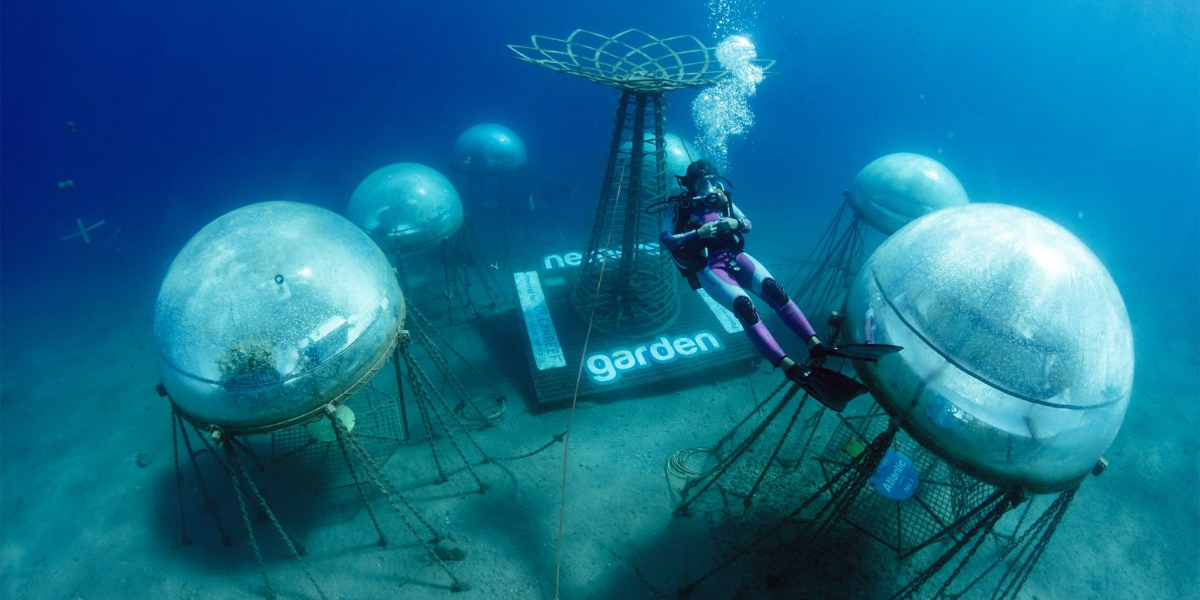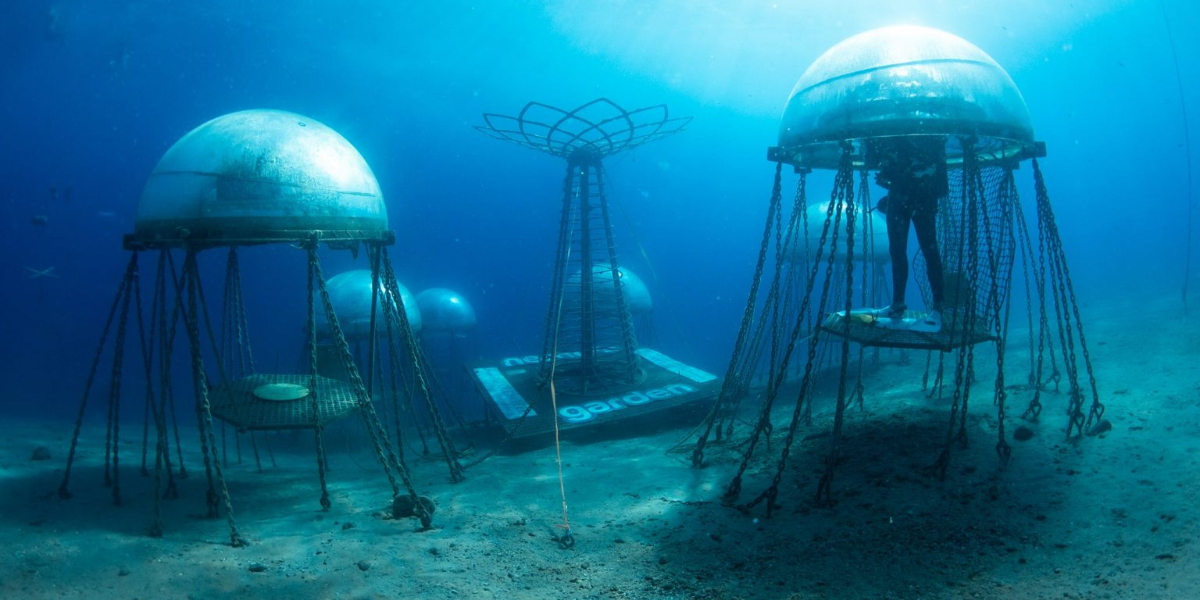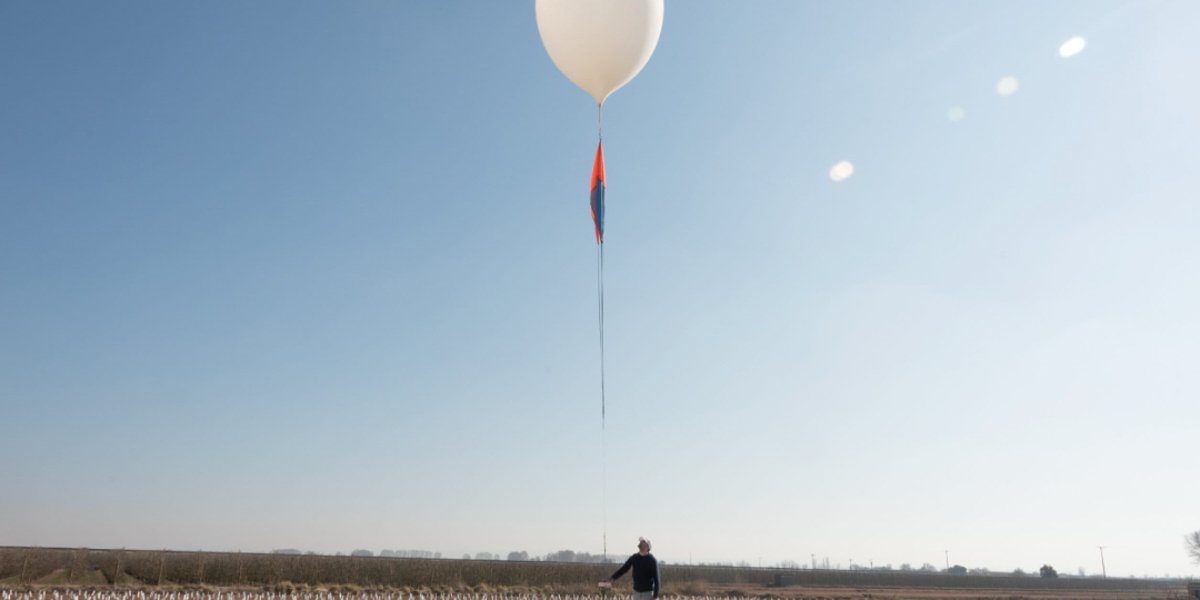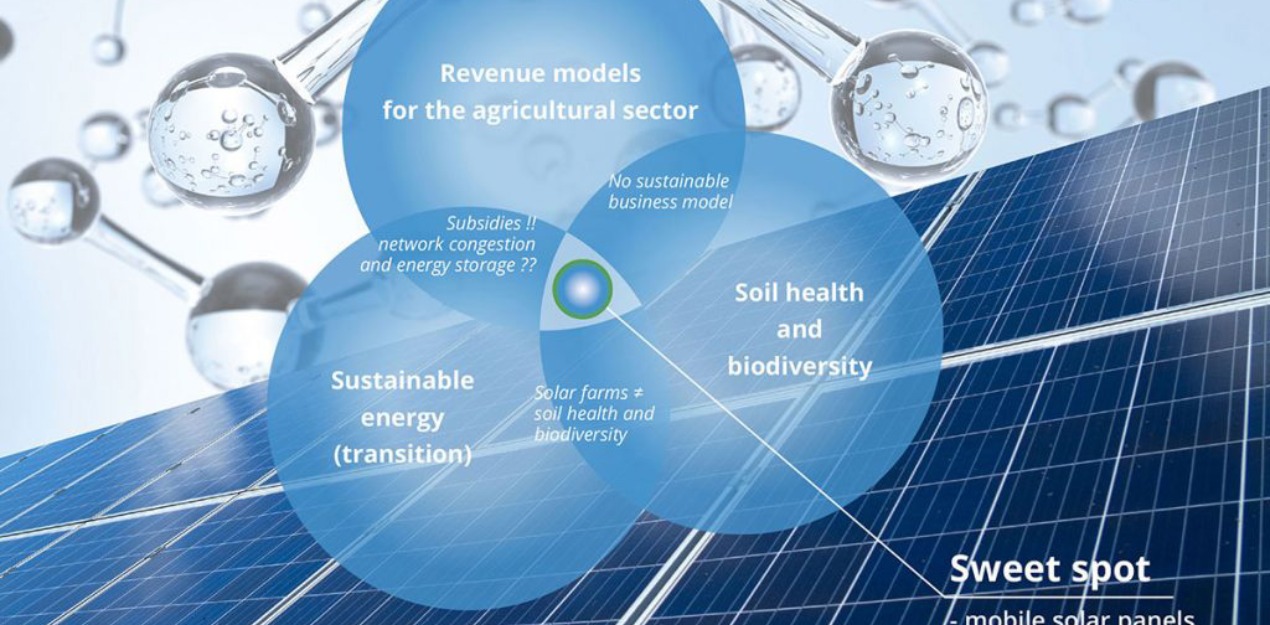AWARD YEAR
2023
CATEGORY
Community
GOALS
Zero Hunger, Clean Water & Sanitation, Life Below Water
KEYWORDS
Gardening, Underwater, greenhouse
COUNTRY
Italy
DESIGNED BY
Sergio Gamberini
WEBSITE
http://www.nemosgarden.com/
Nemo's Garden
Divers growing vegetables in underwater greenhouses
How does it work?
It is a plsatic biosphere that rest between 15 and 36 feet below the ocean's surface and hold about 528 gallons of air. It provides a water-conserving, overall sustainable alternative to on-land agricultural operations, particularly helping dry coastal nations grow more food without having to desalinate more water — a costly and resource-intensive process. The plants require just a small bit of starter water, but from there, they're self-sustaining. Sunlight heats the submerged spheres, which contain humid air that naturally condenses into freshwater on the walls and drips back into the soil.
Why is it needed?
Nemo's Garden is not only a technological endeavor, aimed at making underwater farming an economically viable, long-term alternative form of agriculture, but most and foremost it is an eco-friendly and self-sustainable project. The use of renewable energy harnessed from the sun and of fresh water obtained by desalination of seawater, in fact, make Nemo's Garden a self-sustainable system. The microclimate and thermal conditions within the biospheres are optimal for plant growth and crop yields, not unlike a conventional greenhouse, yet it requires no additional energy sources. The underwater farm determines very minimal, if none, interaction with the marine environment and related ecosystems, exception made for a positive shelter-like effect in order to support the repopulation for the surrounding marine areas.
How does it improve life?
The project’s goal was initially a provocation, but suddenly turned in something more ambitious: create an alternative system of agriculture, especially dedicated to those areas where environmental conditions, economical or morphologic reasons make plants growth extremely dif?cult. Nemo’s Garden’s aims to create a system that utilizes natural resources already available, the foremost important one being the oceans and other bodies of water.







